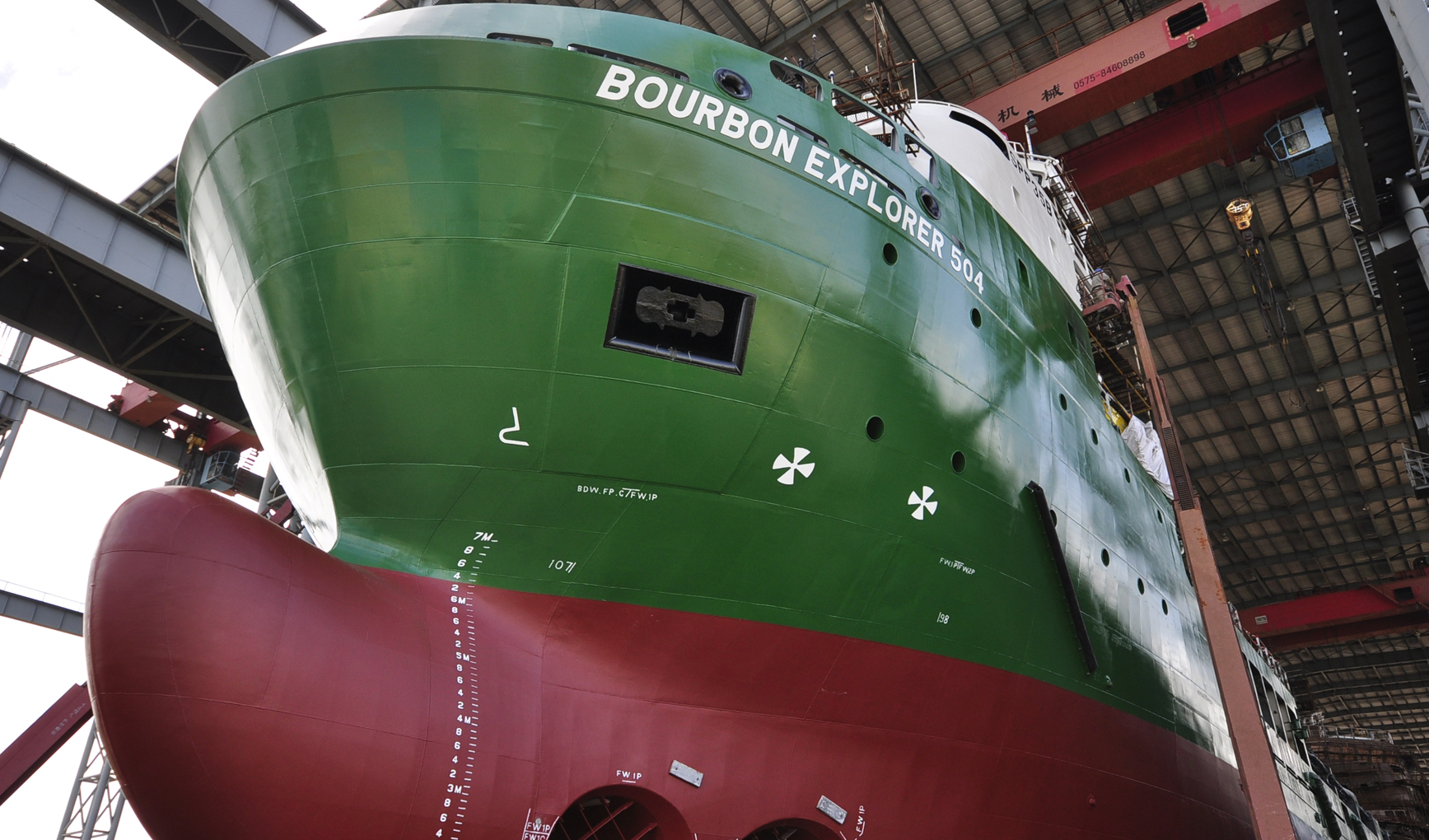
Shipbuilding: towards a "supercycle"?

As one of the world’s leading shipbrokers, Barry Rogliano Salles (BRS) closely monitors the shipbuilding market. This year, construction figures have risen sharply. François Cadiou, Chairman of BRS, kindly agreed to share his expert insights on the state of the world shipbuilding market with PartnerSHIP.
PartnerSHIP: World ship construction has experienced a big rise in demand in 2021. How would you compare the current market to pre-pandemic days?
François Cadiou: Let me take you back to just before the pandemic hit us. Global ship construction capacity was between 1,000 and 1,200 ships contracted annually – around 90 million DWT. In 2019, the big debate had been whether or not to install air scrubbers. The oil majors were reluctant to invest in producing a low-sulfur heavy fuel oil (HFO), so ship-owners had to consider the expensive process of installing air scrubbers to reduce the sulfur content of HFO. In early 2020, the focus changed from pollution control to the climate emergency, and from reducing SOx and NOx to cutting CO2 and other greenhouse gas emissions. But then the public health crisis came. Covid-19 brought a great deal of uncertainty, and ship production plummeted. The issues that had so concerned the industry for the previous two years were no longer as important. The world was changing, shipyards were closing, ship owners couldn’t commit themselves, and annual ship production in 2020 fell to about 75 million DWT, the lowest in three years. The situation since the start of 2021 is quite different, though. There’s been a big change in the market. With prices of raw materials rising, particularly steel, it has shifted from a buyer’s market to a seller’s market. At the end of October, 120 million DWT of ships had been ordered, and we expect the year-end figure to be around 135 to 140 million DWT, which is a level that hasn’t been seen since 2014.
Do you consider that we are seeing the result of a supercycle?
F.C.: We are approaching a period that is twenty years after a boom in ship construction. An enormous number of ships were delivered – around 1,450 in 2005 and about 2,500 in 2010. The problem is that today there are far fewer shipyards around the world to construct ships to replace them. There were approximately 700 in 2007-2008, but we estimate there are only 300 today. Replacing these ships is going to be urgent, because all vessels built prior to the eco-revolution have very high fuel consumption. By 2023, we will be subject to new regulations and standards, notably the EEXI (Energy Efficiency Existing Ships Register) and CII (Carbon Intensity Indicator). These rules will effectively push the vessels with the worst fuel consumption out of the market. Looked at in this light, you could say we are entering into a supercycle. But it should also be said that increase in ships contracted reflects the severe disruptions to the supply chain that have been occurring since the start of the pandemic. Many ports around the world, particularly in China, have a zero-tolerance policy towards admitting the Covid-19 virus, and vessels are blocked in harbors, for instance. It’s as a direct result of this that demand for container-carriers has exploded – the category stood at 7.7 million DWT in 2020 and it has already reached 50 million DWT, a seven-fold rise for the year. All the global supply chain problems during the Covid-19 crisis pointed to weaknesses as far as domestic production of pharmaceuticals, textiles, microchips, etc. are concerned. One post-pandemic trend may well be to develop domestic production and place less reliance on maritime transport, which will also be a benefit when it come to carbon footprints. Bearing in mind that fossil fuel cargoes currently account for about 40% of shipping, there will inevitably be less and less transportation of fossil fuels – oil, gas and particularly coal. Factors like these may well check the acceleration in ship construction. But basically the shipyards are now in the driving seat, and deliveries on new orders are now being pushed back as far as 2025.
Will new engine technologies help ship owners achieve the new environmental performance that is required?
F.C.: I strongly believe in science. Science doesn’t have any limits, so I’m very confident that the genius of men and women will find suitable solutions. Scrubbers were the holy grail in 2019, as I said earlier, and in early 2020 dual fuel engines were in demand. But today, there are no certainties – the World Bank, the International Energy Agency and the IPCC have all come out against the use of fossil fuels including methane, for instance. We still have the same slow-speed engines as 10 or 20 years ago, and frankly improvements in fuel consumption have been marginal. There was a quantum leap in the reduction of the consumption going from turbines to diesel engines but we have not seen any comparable single improvement since. I strongly believe in reducing speed to save fuel: a 10% reduction in speed is equivalent to 30% less power. That means roughly 30% less CO2 in the air. We have to try everything we can.
We have to try dual fuel LPG, dual fuel methanol, and tomorrow dual fuel ammonia, which will mean no CO2, as long as the ammonia used is green. Batteries will also have their part to play. I think we will be looking at a mix of fuel solutions. Improvements will also come from better naval architecture solutions. For instance, we went through an eco-revolution in the early 2010. Design of hulls was greatly improved. Before, ship designers used to insist on certain rules of thumb such as for instance the distance between the tip of the propeller blade and the hull being not less than 30% of the propeller diameter, compliance with which limited the dimensions of the propeller and reduced the overall propulsion efficiency. But by increasing the dimension of the propellers there could be fewer rotations, and then you have a virtuous circle where everything is contributing to greater efficiency. At the time, this made it possible to achieve something like 20 to 25% less fuel consumption.


